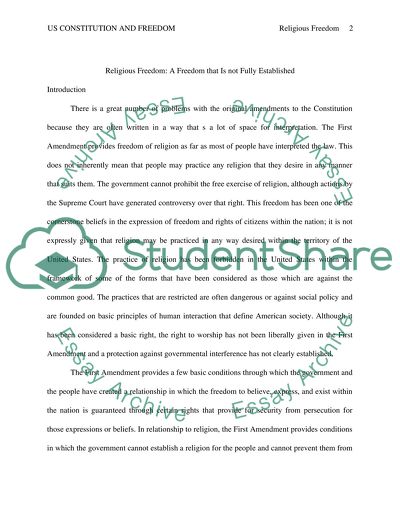Cite this document
(“Religious Freedom: A Freedom that is not Fully Established Term Paper”, n.d.)
Religious Freedom: A Freedom that is not Fully Established Term Paper. Retrieved from https://studentshare.org/history/1401237-religious-freedom-a-freedom-that-is-not-fully-established
Religious Freedom: A Freedom that is not Fully Established Term Paper. Retrieved from https://studentshare.org/history/1401237-religious-freedom-a-freedom-that-is-not-fully-established
(Religious Freedom: A Freedom That Is Not Fully Established Term Paper)
Religious Freedom: A Freedom That Is Not Fully Established Term Paper. https://studentshare.org/history/1401237-religious-freedom-a-freedom-that-is-not-fully-established.
Religious Freedom: A Freedom That Is Not Fully Established Term Paper. https://studentshare.org/history/1401237-religious-freedom-a-freedom-that-is-not-fully-established.
“Religious Freedom: A Freedom That Is Not Fully Established Term Paper”, n.d. https://studentshare.org/history/1401237-religious-freedom-a-freedom-that-is-not-fully-established.


